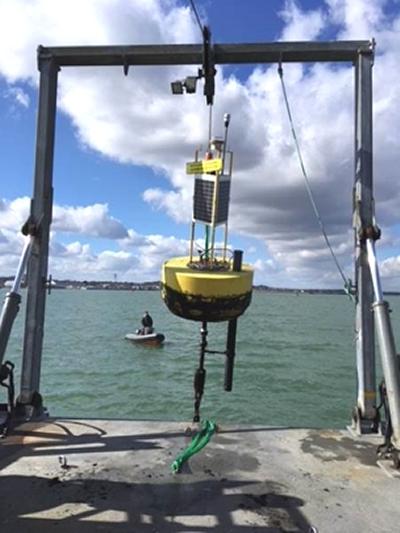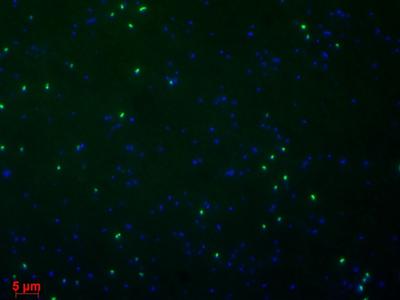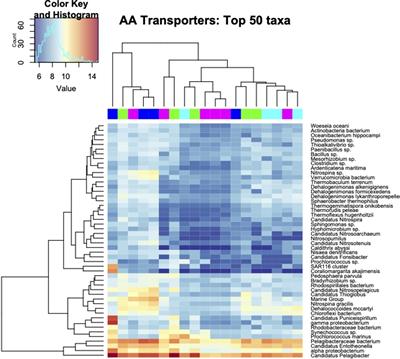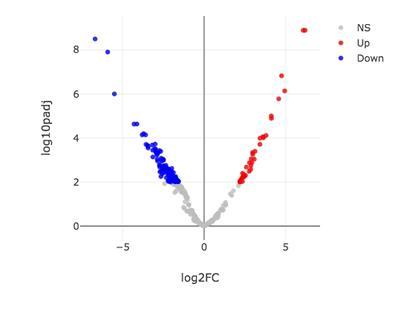
Background:
Marine microbes, ranging from viruses to bacteria and archaea, and to protists and fungi, are master cyclers of many elements in the Ocean. They are responsible for about half of global primary production by turning CO2 into organic matter that feeds the marine ecosystems; but they are also the key to the regeneration of inorganic nutrients from dead organic matter to support new life. Some can ameliorate greenhouse gas emissions, while others exacerbate them. Some can help clean up pollutants, while others bring toxicity or are pathogenic. They are highly diverse, both taxonomically and functionally; yet the majority cannot be brought into culture using currently available techniques, and so the physiologies and activities of many remain unknown.
In order to decipher and predict how biogeochemical cycles respond to Future Ocean scenarios with natural global changes and anthropogenic stressors, it is imperative to examine how microbial communities mediating these processes evolve and are structured by physical, chemical and biological factors. We also need to know how microbes capable of multiple biogeochemical functions may switch their metabolisms, and the nature of microbial partnerships, in order to evaluate the ecosystem functions they provide.

The Marine Biogeochemistry Research Group uses diverse and interdisciplinary approaches to study planktonic and microbial communities from single-cell levels to large-scale processes and ecosystem functions.
Key Questions:
1. What are the main drivers of observed microbial diversity in the ocean?
2. How does organism size regulate physiology and ecosystem function?
3. How do fundamental microbial traits dictate large-scale ecosystem function?
4. What are the controls on phytoplankton species distributions and productivity? - How does the spectrum of light impact phytoplankton species distributions?
5. When do metabolically versatile microbes switch functions? – What are the environmental triggers, and how are they controlled?
6. Is it syntrophy or parasitism? - What is the nature of microbial partnerships, and their respective implications on current and future biogeochemical cycling?
7. When and where are the harmful algal blooms (HAB) occurring? – Finding new tools to detect HABs in a timely manner

How do we do it?
We combine in situ observations and bioassay manipulation experiments, including the use of radioactive and stable isotope tracers to dissect tightly coupled reactions – to determine rates of targeted microbial processes; and to develop mechanistic understanding of the physical, chemical, biological and molecular controls of these processes.
We couple these with a range of bioimaging and omics technologies, including the use of our Environmental Sequencing Facility and the University’s Centre for Proteomics Research, to identify the key microbial players in these processes, and to examine the underpinning molecular mechanisms that drive these communities, the up- and down-regulation of expressed genes and proteins along environmental gradients and in response to environmental stimuli; and the interactions among members within and between communities at single-cell and bulk community levels.

We further combine numerical models with field data and lab experiments to investigate the mechanisms underlying global plankton diversity and ecosystem functions.
As part of an EU-funded project S-3 EUROHAB, a web-based alert system, the first of its kind in Europe, has been created using data from the European satellite Copernicus Sentinel 3 to alert marine managers and fishing industries of the growth of potentially damaging algal blooms. We apply a number of approaches to better understand and predict HABs, as well as to investigate the socio-economic impact of HABs and poor water quality in the French-English Channel.
Who in the Marine Biogeochemistry Group is involved?
Prof Tom Bibby; Dr Anna Hickman; Dr Phyllis Lam; Prof Mark Moore; Prof Duncan Purdie; Dr Ben Ward.
Links to other Research Themes
Chemical, biological and physical controls on primary production in the surface ocean
Vertical export of materials into the ocean's interior and processes in the 'twilight zone'
Biogeochemical cycles and their response to climate change
Development of photosynthetic microbes for algal biofuel and other biotechnologies
Ecological and environmental variability (in space and time)